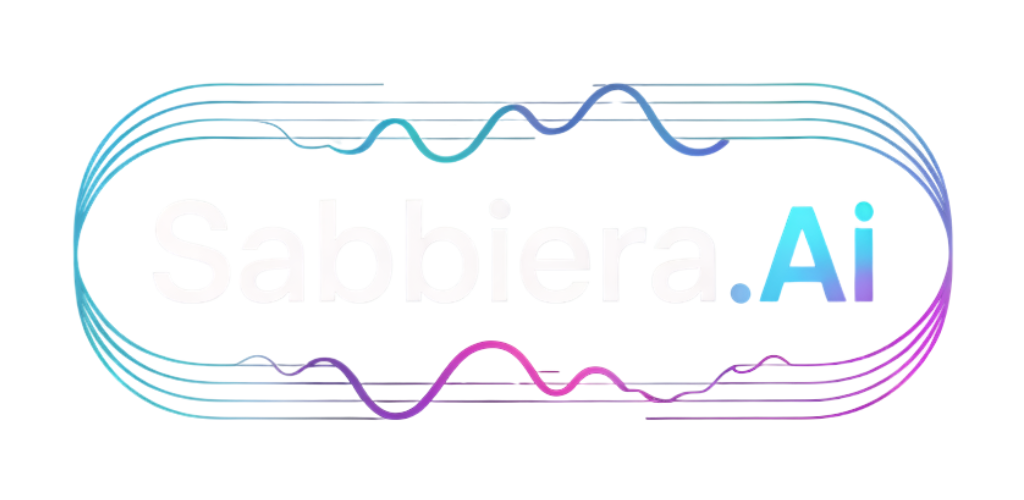How to Build Your First Trading Algorithm: A Step-by-Step Framework for Beginners

The landscape of retail trading is undergoing a revolutionary transformation. The percentage of retail trading volume executed through AI-assisted platforms has surged from 12% in 2022 to over 35% in 2025, making automated trading no longer exclusive to institutional players. With the global algorithmic trading market projected to reach USD 42.99 billion by 2030, growing at a CAGR of 12.9%, now is the perfect time for retail traders to build their first trading algorithm.
Understanding the Foundation: What Makes a Successful Trading Bot
Before diving into development, it's crucial to understand that successful automated trading isn't about creating the most complex system—it's about building reliable, backtested strategies that can execute consistently without emotional interference.
Modern forex trading platforms and automated crypto systems work on three fundamental principles: clear entry and exit rules, robust risk management, and continuous performance monitoring. The key insight that separates profitable trading bots from failing ones is the focus on risk-adjusted returns rather than absolute profits.

Ready to automate your trading with AI — no code required?
Join our waiting list to be the first in line when we launch.
Step 1: Define Your Trading Strategy Logic
Start by translating a manual trading strategy into algorithmic rules. Choose a simple approach initially—perhaps a moving average crossover system or a momentum-based strategy. Your algorithm needs clear, unambiguous conditions:
- Entry conditions: When exactly should the bot open a position?
- Exit conditions: What triggers a position closure?
- Position sizing: How much capital should each trade risk?
- Time frames: On what chart intervals will your bot operate?
The most successful retail traders focus on 2-3 markets initially. Forex pairs like EUR/USD or GBP/USD offer excellent liquidity for beginners, while major cryptocurrencies provide 24/7 trading opportunities.

Step 2: Backtest Before You Risk Real Money
Developing strategies that incorporate the right data and apply the right algorithms is the challenge faced by today's retail traders. Backtesting solves this by allowing you to test your strategy against historical market data.
Effective backtesting requires:
- At least 2-3 years of historical data
- Out-of-sample testing periods
- Transaction cost considerations
- Slippage and spread assumptions
Remember, past performance doesn't guarantee future results, but proper backtesting helps identify strategies with genuine edge over random chance.

Step 3: Start Small and Scale Gradually
Deploy your first automated trading algorithm with minimal capital—think 1-2% of your total trading account. This approach allows you to:
- Monitor real-world performance versus backtesting results
- Identify execution issues in live markets
- Build confidence in your system
- Refine parameters based on actual market conditions
Step 4: Monitor and Optimize Performance
The algorithms of 2025 will be more integrated into trading platforms, providing real-time insights and personalized recommendations based on an investor's portfolio and risk tolerance. Modern automated forex and crypto systems should include real-time dashboards, risk metrics monitoring, drawdown alerts, and position tracking across multiple timeframes.
Set up weekly performance reviews to assess your bot's effectiveness. Look for patterns in losing trades, changes in market conditions that affect performance, and opportunities for parameter optimization.

Ready to automate your trading with AI — no code required?
Join our waiting list to be the first in line when we launch.
The Evolution of No-Code Trading Platforms
The democratization of algorithmic trading has been accelerated by no-code platforms that allow traders to build sophisticated strategies without programming expertise. These platforms like Sabbiera.ai are bridging the gap between complex institutional-grade tools and accessible retail solutions.
The most effective automated trading platforms combine intuitive strategy builders with robust backtesting engines, allowing traders to focus on strategy development rather than technical implementation. This approach enables rapid iteration and testing of trading ideas.
Key Takeaways for Success
- Start simple and build complexity gradually
- Always backtest thoroughly before live deployment
- Risk management is more important than profit maximization
- Monitor performance consistently and be prepared to adapt
- Consider no-code platforms to accelerate your learning curve
Final thought: The future belongs to traders who can effectively combine human insight with algorithmic execution. Machine learning-driven, risk-managed, and highly adaptive trading solutions will dominate the landscape, giving significant advantages to those who embrace these technologies early.
Whether you're interested in forex trading platforms or automated crypto systems, the framework outlined above provides a solid foundation for your algorithmic trading journey. Ready to put these principles into action? Modern platforms like Sabbiera.ai are making algorithmic trading accessible to everyone through no-code strategy builders, comprehensive backtesting tools, and seamless deployment across forex and crypto markets.
Start building, start testing, and most importantly, start learning from every trade your algorithm makes.
